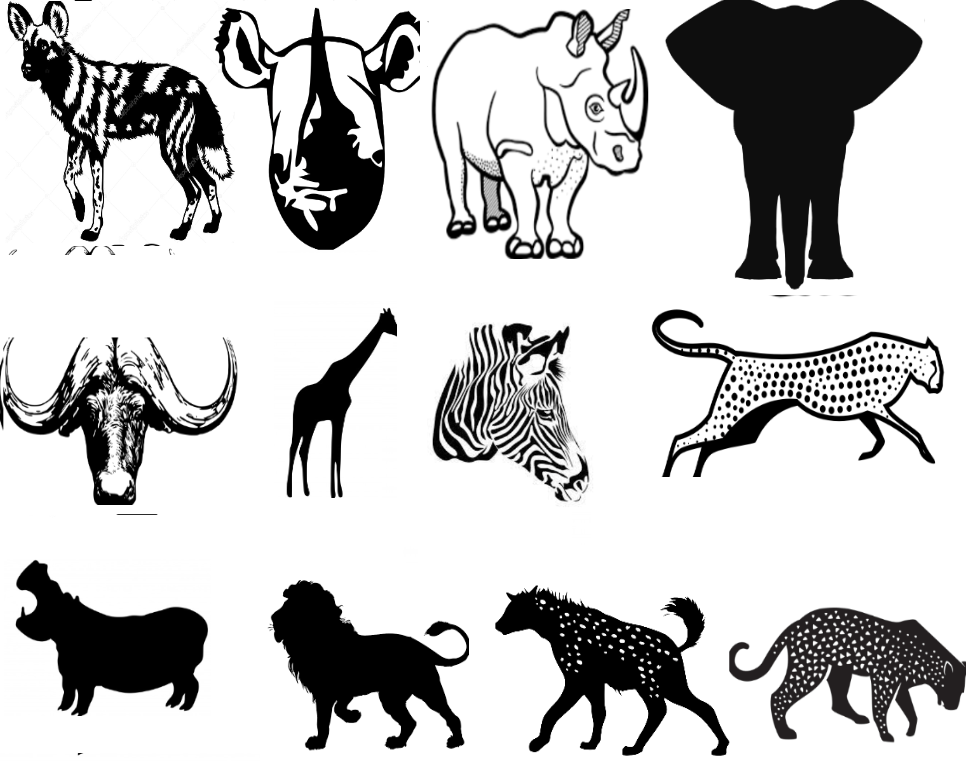Huge carbon dioxide stores, with the gas held at high pressure (and therefore liquid, have been shown to be able to hold vast amounts of energy, and the ability to be released on demand.
Energy Dome’s CO2 Battery system has currently been show to be able to store and generate up to 24.5 megawatts (MW) of power (with 12 acres expected to be able to store up to 200MW), which sounds very impressive…. but…. current battery power means that 1 MW of battery can fit in a 20 by 40 foot container, which means that 1 acre could theoretically take 200MW of batteries.
When first thought of, it was thought that this would allow energy done to store energy at a cost of roughly $200 per kwh. At the time, lithium batteries cost $300 per kwh, however this has halved to just $150.
In other words, lithium batteries (and this assumes no breakthrough in sodium batteries or something else) are cheaper, smaller, simpler and safer – so why would you look to create another form of electricity storage, that is worse on so many levels.













